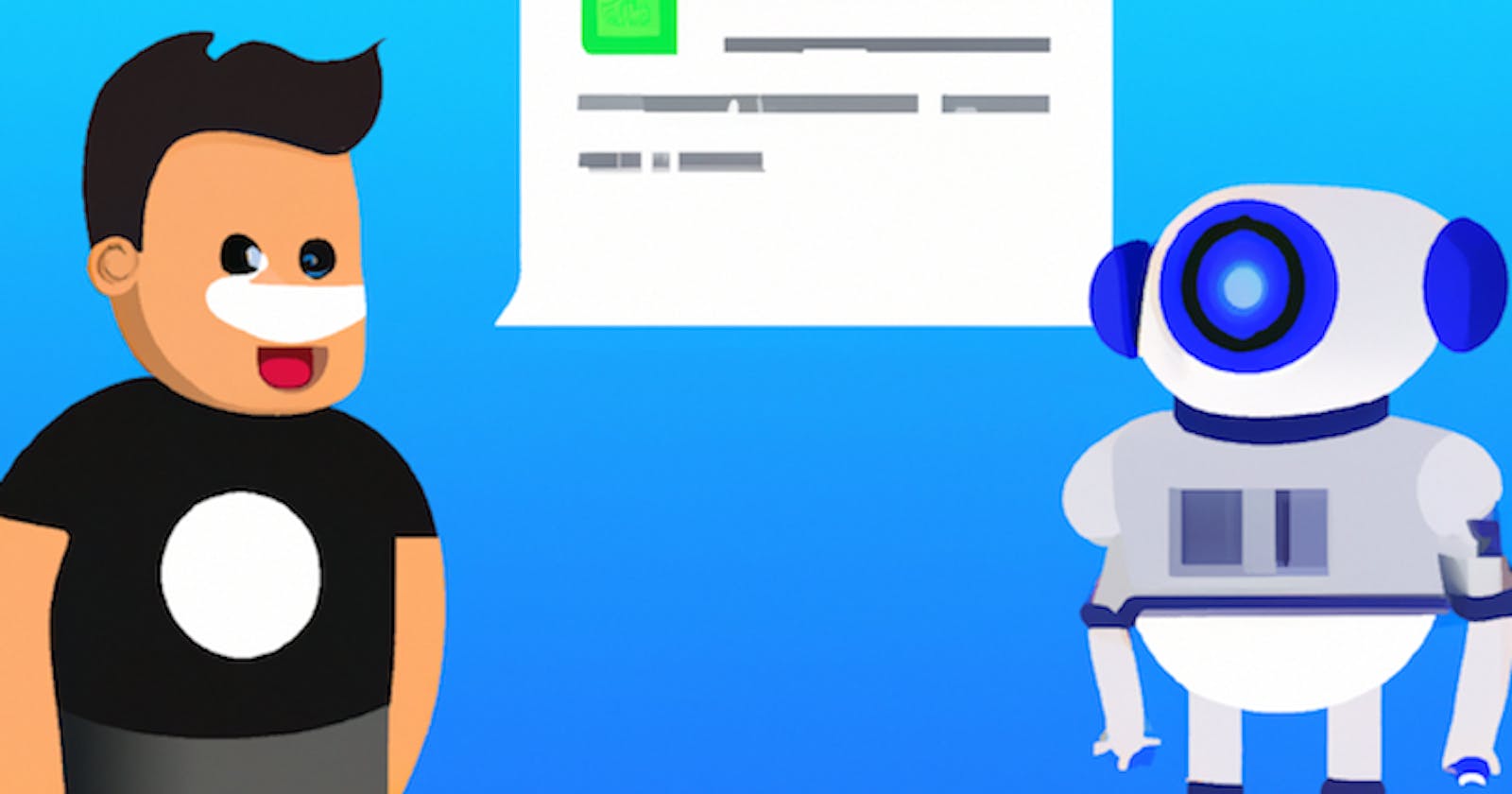ChatGPT Makes Stripe Integration a Breeze
How I Used a Language Model to Enhance My Website's Payment Processing
Have you ever needed to integrate a payment processing system into your website, but found the process to be overwhelming or confusing? That's where ChatGPT came in for me.
But before we dive into how ChatGPT helped me integrate Stripe into my website, let's first talk about what Stripe is and why it's useful.
What is Stripe?
Stripe is a payment processing platform that allows businesses to accept and manage payments online. It's popular because it's easy to use and has a robust API (Application Programming Interface) that allows developers to customize their payment processing to fit the needs of their business.
I wanted to use Stripe on my website because it offered the flexibility and features that I needed for my business. However, while the Stripe dashboard is useful for managing payments and creating basic objects like prices and customers, it was limited in terms of creating more complex objects with metadata or setting up payment links with transfer destinations and application fees.
ChatGPT meets Stripe API
That's where ChatGPT came in. ChatGPT is a language model developed by OpenAI that is able to generate human-like text based on a given prompt. I used ChatGPT to help me write the code necessary to create the more advanced objects and payment links that I needed for my business.
Problem #1: Stripe price objects don't have metadata
Let's set the scene here. I have a product called Wine, but I needed to add different prices depending on the quality and type of wine. For example, I created a different price for "red wine" and "white wine". The first problem I ran into was that, in order to tie this price to a restaurant serving it, I need to use the price object's metadata field and include the restaurant's ID. There is no way to do this in the Stripe Dashboard, however.
In comes ChatGPT. I asked ChatGPT "Create a command using the stripe CLI to create a price object that metadata fields restaurant_id and restaurant_name" Here's what it gave me back:
stripe prices create --unit_amount 1000 --currency usd --metadata restaurant_id=123,restaurant_name="My Restaurant"
After that, I can use the command line to be able to create the object. Follow this guide to get started and up and running using Stripe from the command line.
Problem #2: PaymentLink objects cannot have application_fee_percent
The next issue was that I wanted to create a paymentLink that took a 10% application fee for every transaction. This was an issue in the Stripe Dashboard because you can only specify the application fee amount while making a paymentLink, but if the total can be variable, that set amount may not always be 10%. See below.

I asked ChatGPT "Create a command using the stripe CLI to create a paymentLink object that uses the transfer_data field to send to connect account and take 10% application fee" Here's what it gave me back:
stripe paymentLinks create --amount 1000 --currency usd --transfer_data destination=acct_123,application_fee_percent=10
Conclusion
Using ChatGPT to help me write the code for these more advanced objects and payment links made the process of integrating Stripe into my website much easier and faster. And with the added flexibility and features, I was able to better serve my customers and grow my business.
If you found this article helpful and want to see more content like it, be sure to follow me on Twitter @theDevInnovator and subscribe to my newsletter for more updates. Thanks for reading!
